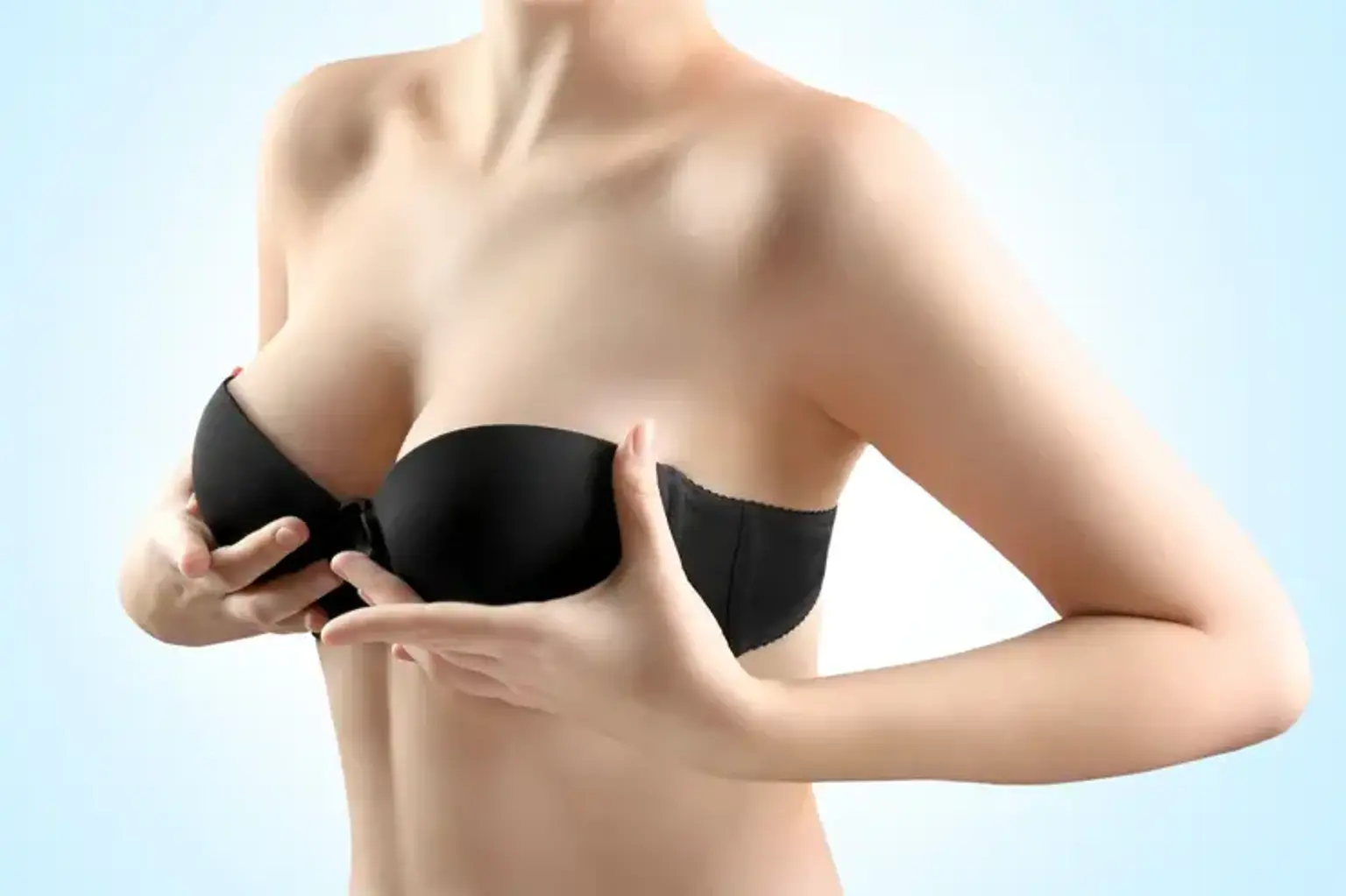What is Tuberous Breast Deformity?
Tuberous breast deformity, often called "constricted breasts," is a condition where the breasts are underdeveloped and have a narrow, tubular shape. This condition is typically caused by abnormal breast tissue growth during puberty, and the result is a lack of volume, a high position of the nipple-areolar complex, and tight breast tissue that prevents the breasts from fully expanding.
This deformity can have significant emotional and psychological effects on those affected, leading to issues with body image and self-esteem. Many women with tuberous breasts feel self-conscious about their appearance, which can impact their confidence and comfort in social and intimate situations.
The Role of Tuberous Breast Surgery
Tuberous breast surgery, also known as tuberous breast correction, aims to reshape the breast to achieve a more natural, rounded, and fuller appearance. The primary goals of the surgery are to:
Increase volume: Using implants or fat grafting to restore lost volume.
Reshape the breast: Correcting the shape and creating symmetry.
Correct the position of the areola: Lowering the areola to a more natural position and resizing it for a balanced look.
The surgery can have a life-changing impact, restoring not only the appearance of the breasts but also the confidence of the patient.
